Mastering Listening for Academic Subjects
Welcome to your listening practice. International exams often feature lectures on historical or cultural topics. These require you to follow a narrative, understand cause and effect, and grasp the long-term significance of events. The speaker won’t just list facts; they will build an argument about why this history matters today.
To get the most out of this kind of listening passage, focus on these skills:
- Identify the Main Thesis: What is the central argument the speaker is making about the topic? In today’s lecture, listen for the main point about the Ottoman Empire’s legacy. Is it political, cultural, religious, or all of the above?
- Track Chronology and Causality: History is a story of cause and effect over time. Listen for dates and time-related phrases (“For centuries,” “Following this,” “In the long run”) to build a mental timeline. Pay attention to words that signal causality, like “because,” “as a result,” and “led to.”
- Listen for Nuance: Historical topics are rarely simple. A good lecture will present a balanced view. Listen for contrasting words like “however,” “despite,” and “on the other hand.” These signal that the speaker is about to introduce a complexity or a different perspective on the issue.
- Understand “Big Picture” Concepts: Don’t get lost trying to memorize every name or place. Focus on understanding the larger concepts, like “millet system,” “geopolitical,” or “cultural synthesis.” The questions are more likely to test your understanding of these big ideas.
- Infer the Speaker’s Attitude: Is the speaker’s tone purely objective, or do they seem to admire or critique certain aspects of the empire? Understanding this can help you answer questions about the purpose or implication of the lecture.
Today’s lecture examines the vast and complex legacy of the Ottoman Empire. It’s a journey through centuries of history, politics, and culture, providing an excellent opportunity to practice these key listening skills.
Listening Audio
[ppp_patron_only level=5]
[/ppp_patron_only]
Listening Transcript: Please do not read the transcript before you listen and answer the questions.
Good afternoon. When we speak of great empires of the past—the Roman, the Persian, the Mongol—we often think of them in terms of their rise and fall, their great battles and dramatic collapses. The Ottoman Empire, which lasted for over six hundred years, from the late 13th century until 1922, certainly had its share of both. However, to truly understand its significance, we must look beyond the timeline of its existence and examine its profound and often contentious legacy, a legacy that continues to shape the political and cultural landscape of the Middle East, the Balkans, and beyond.
One of the most enduring political legacies of the Ottoman Empire is the very map of the modern Middle East. For centuries, the Ottomans controlled a vast, multi-ethnic and multi-religious territory that stretched from Southeastern Europe to North Africa and the Middle East. The eventual dissolution of the empire after its defeat in World War I led to the carving up of its territories by the victorious European powers, primarily Britain and France. The borders of modern states like Iraq, Syria, Lebanon, and Jordan were drawn with little regard for the existing ethnic, religious, and tribal realities on the ground, but rather to suit the geopolitical interests of the colonial powers. This act of state creation has been a source of profound instability and conflict ever since, a direct and lasting consequence of the empire’s collapse.
But the Ottoman legacy is far more than just a story of post-imperial fragmentation. Within the empire itself, the Ottomans developed a unique system of governance for their diverse populations known as the “millet system.” This was a form of religious and communal autonomy. Each major non-Muslim religious group—such as the Greek Orthodox Christians, the Armenian Christians, and the Jews—was recognized as a distinct ‘millet,’ or nation. These millets were allowed to govern their own internal affairs according to their own laws and customs. They could run their own schools, collect their own taxes, and have their own religious courts for matters of personal status like marriage, divorce, and inheritance. This system was not based on modern ideas of equality; the non-Muslim communities were still subordinate to Muslim rule. Nevertheless, it allowed for a remarkable degree of cultural and religious coexistence for centuries. The legacy of this system is complex. On one hand, it preserved the distinct identities of these communities. On the other hand, by organizing society along religious lines, it may have reinforced communal divisions that later contributed to sectarian tensions in the post-Ottoman era.
Culturally, the Ottoman Empire was not merely a Turkish or an Islamic empire; it was a grand synthesis. Positioned at the crossroads of Europe and Asia, its capital, Istanbul—formerly Constantinople—was a vibrant cosmopolitan center. The Ottomans absorbed and adapted traditions from the Byzantine, Persian, and Arab civilizations they encountered. This is visible everywhere, from their architecture to their cuisine. Think of the magnificent mosques designed by Mimar Sinan, which blend Byzantine dome structures with Islamic minarets and calligraphy. This architectural language became a symbol of Ottoman power and piety, and its influence can be seen in buildings across the former empire.
In the realm of administration and law, the Ottomans established a highly centralized and bureaucratic state. At its head was the Sultan, who held absolute political and religious authority. However, to run such a vast territory, a sophisticated administrative apparatus was essential. They developed a meritocratic system, at least in theory, for training administrators and military officials. A famous, and controversial, example of this was the ‘devşirme’ system, the so-called “blood tax,” where young Christian boys from the Balkan provinces were conscripted, converted to Islam, and trained for elite service in the military, specifically the Janissary corps, or in the palace administration. While a brutal form of tribute from the perspective of the families, this system provided a path for social mobility for some non-Muslims and staffed the empire with loyal and capable servants who owed their allegiance directly to the Sultan, rather than to any regional or tribal loyalty.
Finally, we cannot ignore the economic legacy. For much of its history, the Ottoman Empire controlled key overland trade routes between Asia and Europe. It was a central player in the global economy. However, the age of exploration and the discovery of new sea routes to Asia by European powers began to circumvent these traditional paths, diminishing the empire’s economic leverage. Internally, the empire’s economy was largely agrarian and struggled to industrialize at the same pace as its European rivals in the 19th century. The series of economic concessions, known as “capitulations,” granted to European powers gave them significant advantages and undermined the local economy. This growing economic dependency was a major factor in the empire’s decline, earning it the moniker “the sick man of Europe.”
In conclusion, the legacy of the Ottoman Empire is not a simple story of glory or decay. It is a multi-layered and deeply ambivalent inheritance. Its collapse created many of the geopolitical fault lines that define the modern Middle East. Its systems of governance, like the millet system, offer lessons in both coexistence and division. Its cultural achievements represent a remarkable synthesis of diverse traditions, while its economic and military decline in its later centuries serves as a cautionary tale. To understand the world today, from the ethnic conflicts in the Balkans to the political turmoil in the Arab world, an understanding of the Ottoman past is not just helpful; it is indispensable.
Listening Quiz
Keywords & Phrases
Contentious legacy:
What it means: ‘Contentious’ means likely to cause an argument or disagreement. A ‘contentious legacy’ is an inheritance from the past that people still argue and disagree about today.
How it was used in the listening: The speaker uses this to frame the entire topic, indicating that the Ottoman Empire’s influence is not universally seen as positive or negative, but is a subject of ongoing debate. “…examine its profound and often contentious legacy…”
Geopolitical interests:
What it means: ‘Geopolitical’ refers to the way geography (like a country’s location and resources) affects its politics and relationships with other countries. ‘Geopolitical interests’ are the strategic advantages a country seeks based on these factors.
How it was used in the listening: This was used to explain why Britain and France drew the borders of the Middle East the way they did—not based on local culture, but on their own strategic goals. “…to suit the geopolitical interests of the colonial powers.”
Post-imperial fragmentation:
What it means: ‘Post-imperial’ means after an empire. ‘Fragmentation’ is the process of breaking into smaller pieces. The phrase describes the breaking up of a large empire into many smaller, separate countries after its collapse.
How it was used in the listening: This describes what happened to the Ottoman territories after WWI. “But the Ottoman legacy is far more than just a story of post-imperial fragmentation.”
Communal autonomy:
What it means: ‘Communal’ refers to a community or group. ‘Autonomy’ means self-government. So, ‘communal autonomy’ is the right of a specific community within a larger state to govern its own internal affairs.
How it was used in the listening: The lecturer used this as a concise way to define the Ottoman millet system. “This was a form of religious and communal autonomy.”
Sectarian tensions:
What it means: ‘Sectarian’ refers to conflicts between different sects, or subgroups, within a larger group, especially religious ones (e.g., Sunni vs. Shia Muslims). ‘Sectarian tensions’ are the hostilities and conflicts between these groups.
How it was used in the listening: This was mentioned as a negative legacy of the millet system, which, by organizing society by religion, may have contributed to these kinds of conflicts later on. “…contributed to sectarian tensions in the post-Ottoman era.”
Grand synthesis:
What it means: A ‘synthesis’ is the combination of different ideas or elements to form a new whole. A ‘grand synthesis’ implies this was done on a very large and impressive scale.
How it was used in the listening: This phrase was used to describe Ottoman culture, emphasizing that it wasn’t just one thing but an impressive blend of Byzantine, Persian, and Arab influences. “Culturally, the Ottoman Empire was not merely a Turkish or an Islamic empire; it was a grand synthesis.”
Meritocratic system:
What it means: A system where people get positions of power and are promoted based on their ability (‘merit’), not on their wealth or social class.
How it was used in a listening: The lecturer used this to describe the theory behind the Ottoman administration, particularly the devşirme system, which trained people for service based on their capabilities. “They developed a meritocratic system, at least in theory…”
Circumvent:
What it means: This verb means to find a way around an obstacle or rule. In a physical sense, it means to go around something instead of through it.
How it was used in the listening: This described how the new sea routes discovered by Europeans went around the traditional land routes that the Ottomans controlled, thus avoiding them and their taxes. “…the discovery of new sea routes to Asia by European powers began to circumvent these traditional paths…”
Moniker:
What it means: This is a synonym for a nickname or a name given to a person or thing. It’s often a name that captures a key characteristic.
How it was used in the listening: The lecturer used this word to introduce the famous nickname given to the Ottoman Empire during its decline. “…earning it the moniker ‘the sick man of Europe.'”
Ambivalent inheritance:
What it means: ‘Ambivalent’ means having mixed feelings or contradictory ideas about something. An ‘ambivalent inheritance’ is a legacy that is neither purely good nor purely bad, but has elements of both that are hard to reconcile.
How it was used in the listening: This was used in the conclusion to summarize the complex nature of the Ottoman legacy, which included positive achievements and negative consequences. “It is a multi-layered and deeply ambivalent inheritance.”
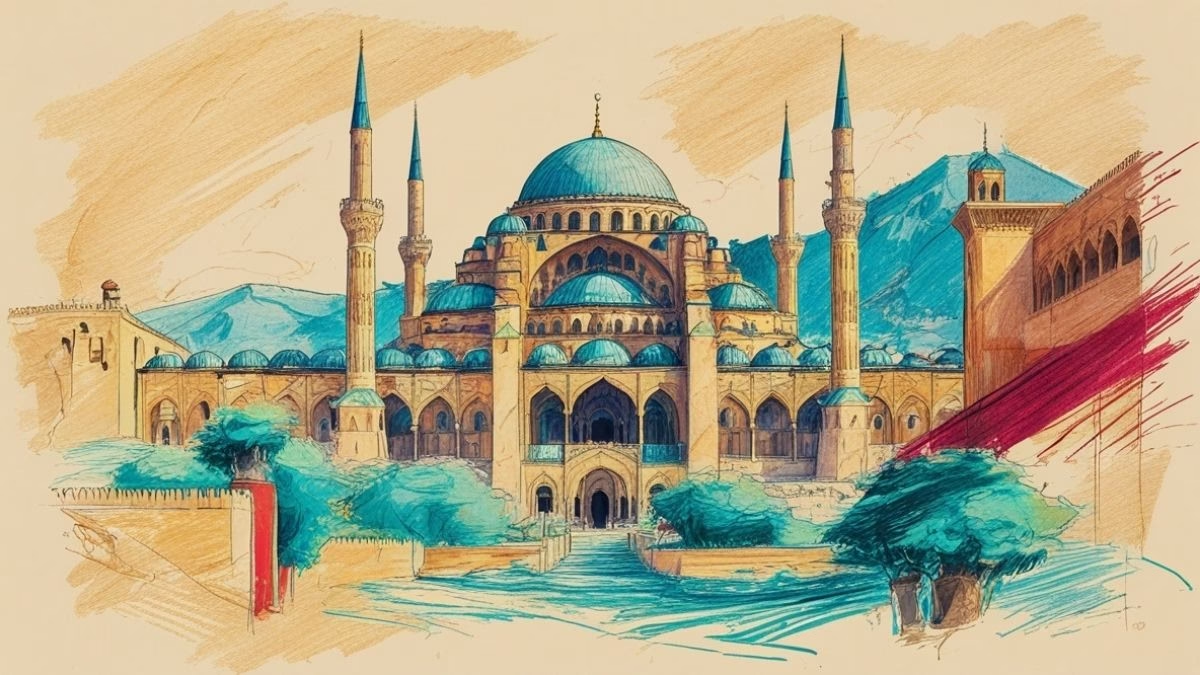

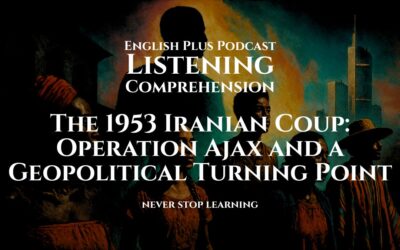
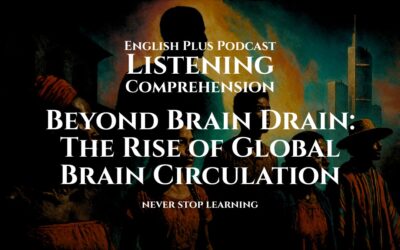




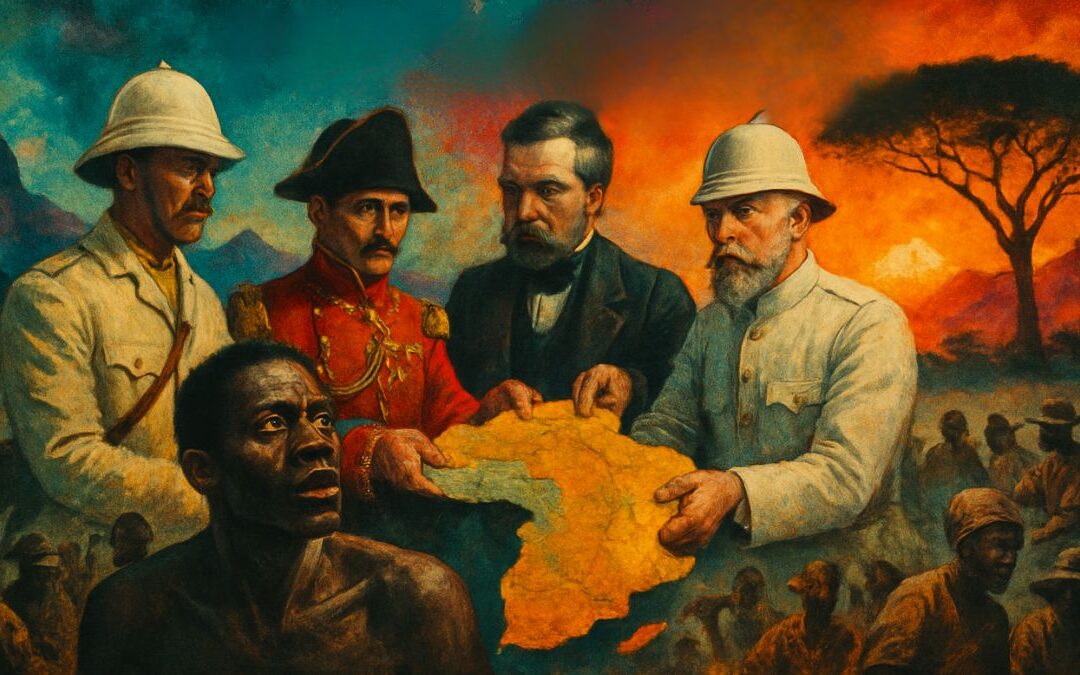
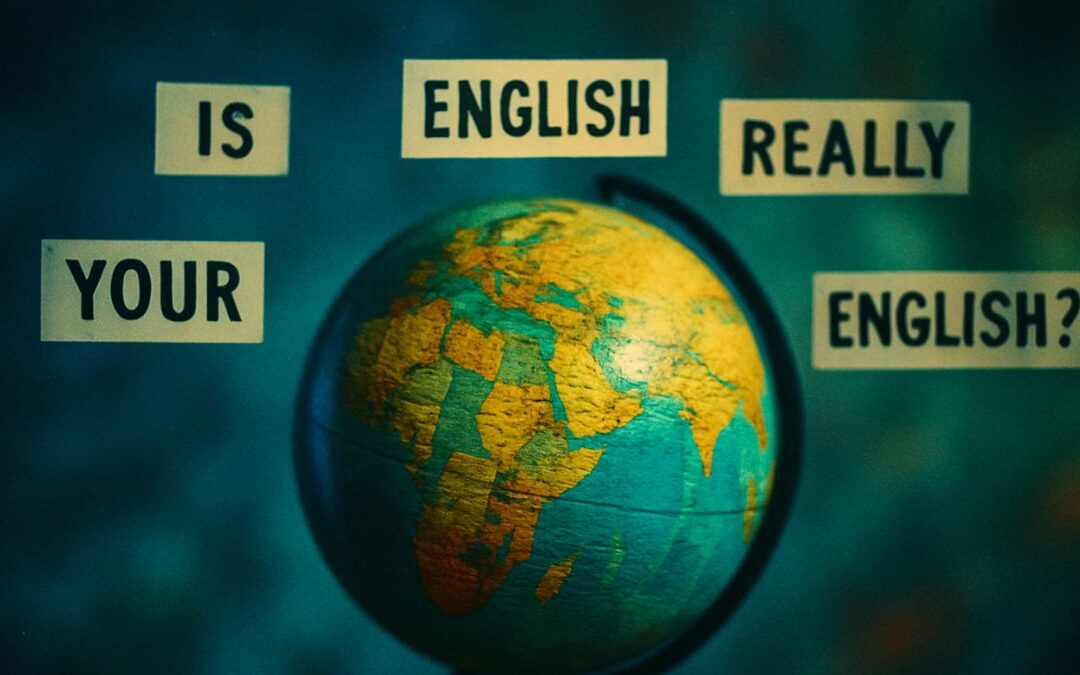
0 Comments